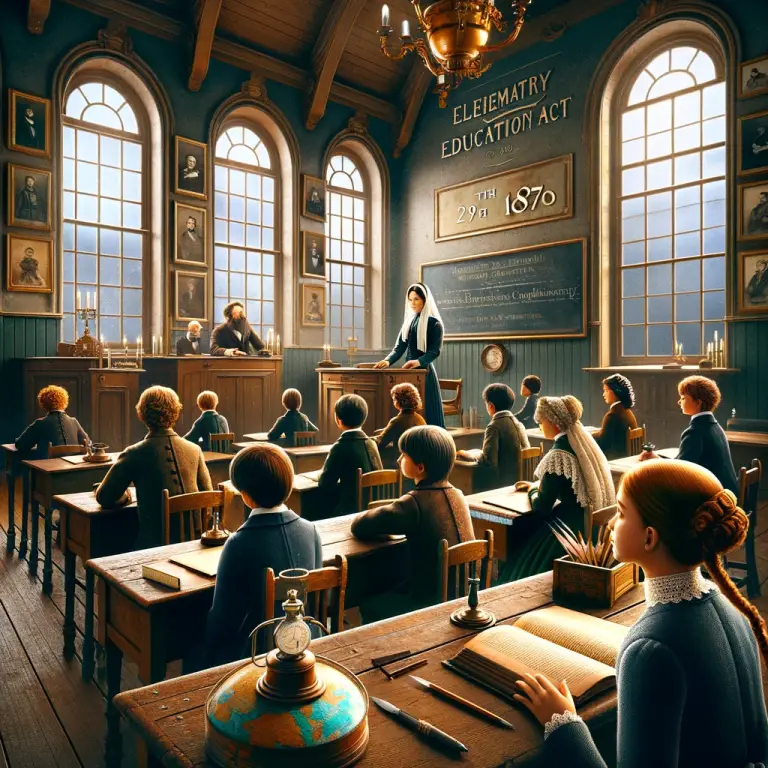1941 During World War 2 Winston Churchill reinforces the V for Victory Campaign.
BBC Radio broadcasts used the start of Beethoven’s 5th Symphony which is based on 3 short sounding notes and a long note. This follows the morse code pattern for V. dot, dot, dot, dash. Beethoven composed the 5th Symphony in 1808 the first Morse code electrical impulse telegram message was sent around 1836. Hitler admired German born Beethoven’s music it was allowed in the Third Reich. True German people had adored Beethoven’s music for many years, it was though it emulated German Spirit.
V for Victory was one of the most powerful propaganda campaigns in history. The broadcast from Radio went out to other European countries who were perhaps now occupied or under threat. The message was for allied forces and people to refuse to collaborate with the enemy and think victory and aim towards liberation. A Belgian refugee Victor De Laveleye. He proposed the word Victoire, V this meant Victory in French but also Victory in English and the Flanders Flemish Belgian, and Dutch word from Freedom started with V Vrijeid. The Idea was for the people in occupied places to display the V sign to the enemy. From Belgium, it spread to Holland, France and then to England. So the 19th of July BBC radio broadcast hosted by Colonel V Britton featured a special message from Churchill the prime minister, that reinforced the message to use the V sign as a code of honor, fighting for ones country for independence. Churchill’s signature hand gesture palm out with index and middle fingers forming a V sent out a very strong image that was universally understood by many different kinds of people scattered far and wide mainly the allied countries all united in solidarity by war.
See the American News link below featuring the British broadcasts and images.



